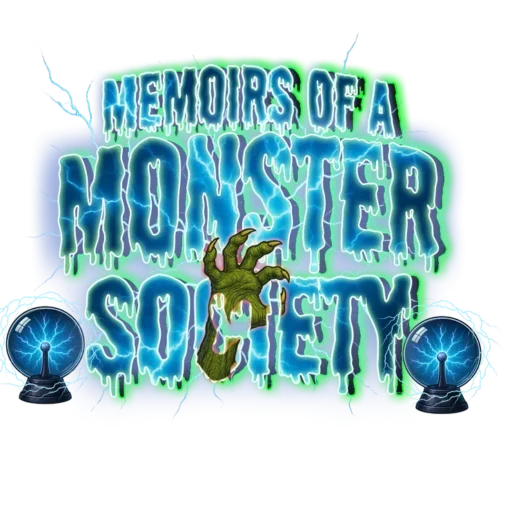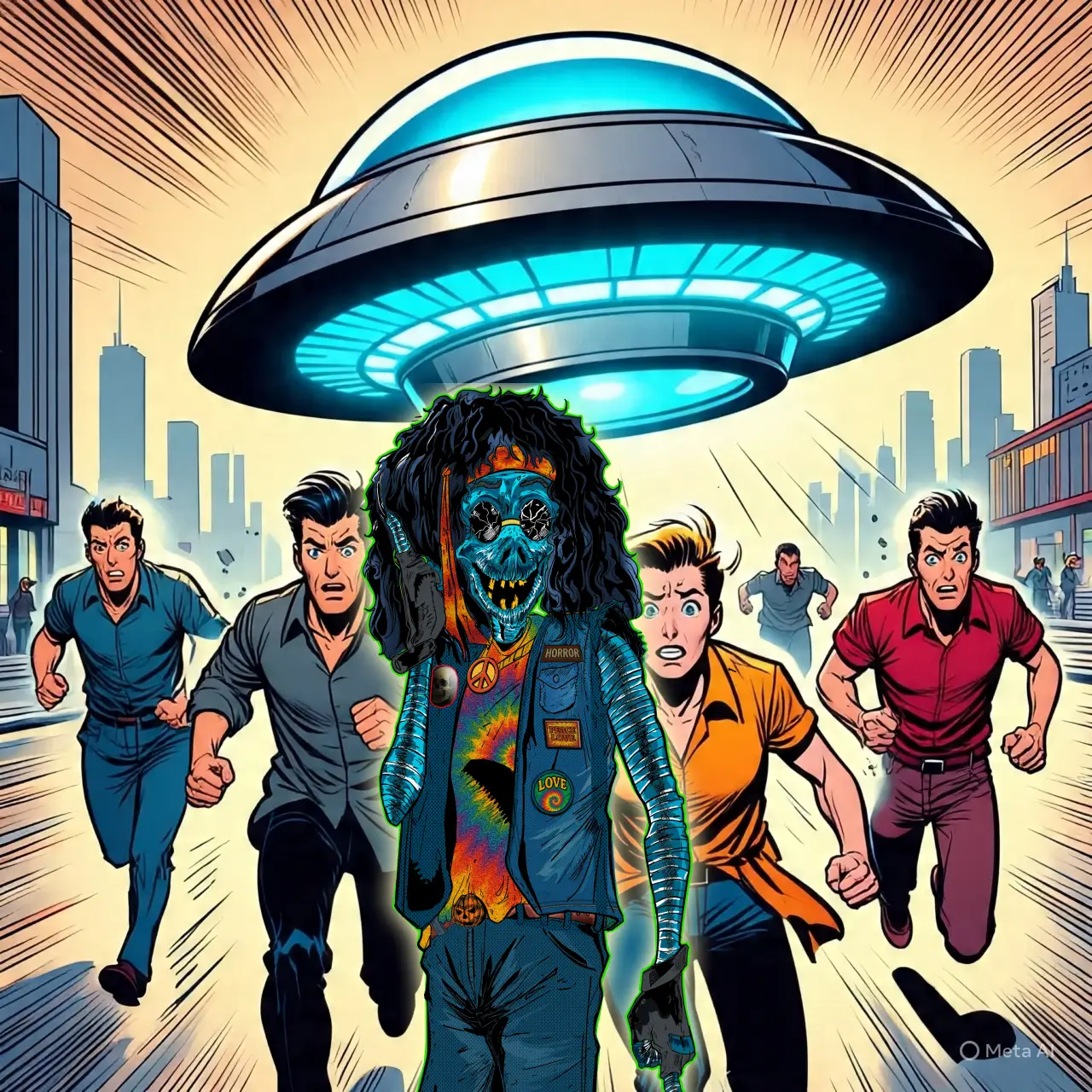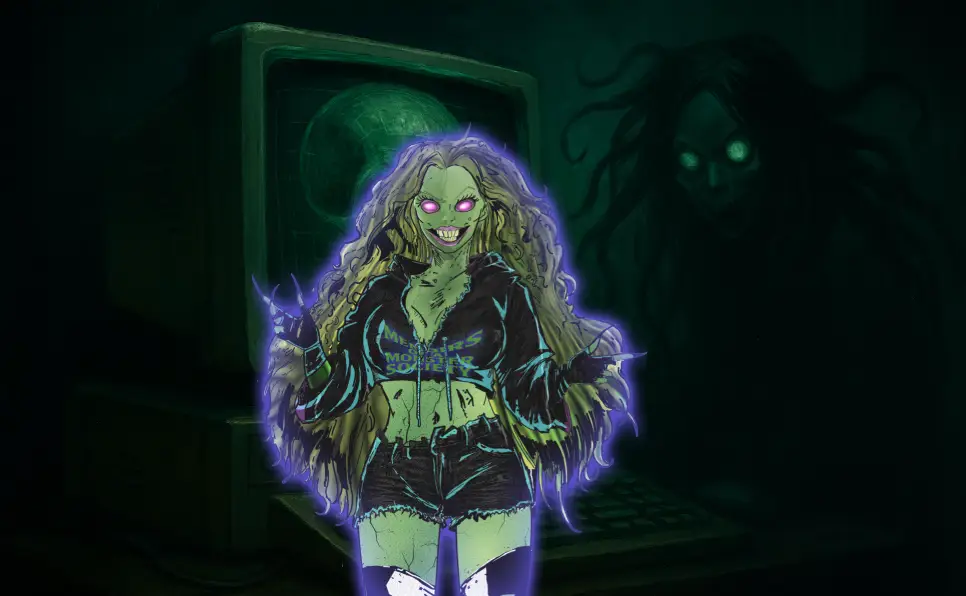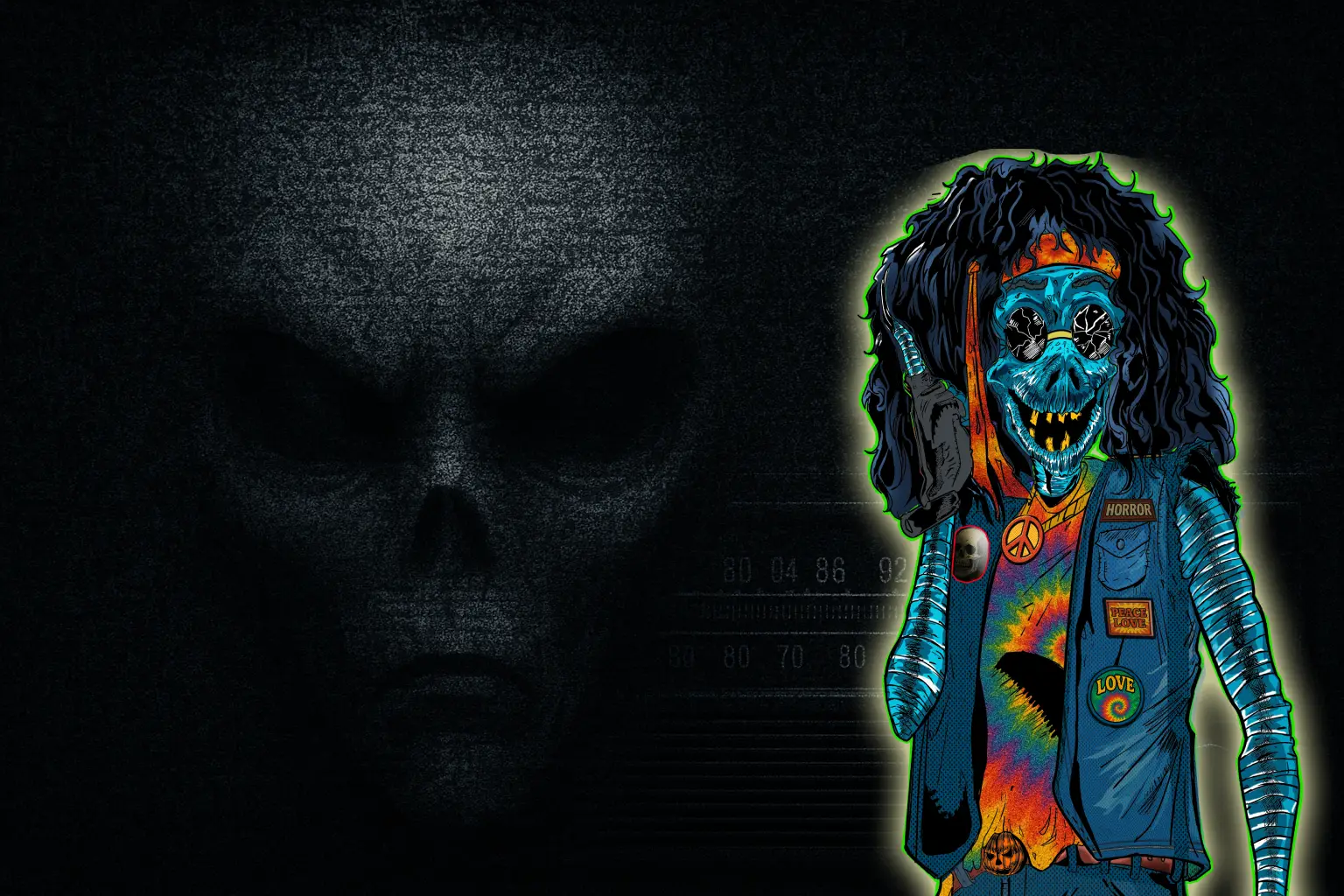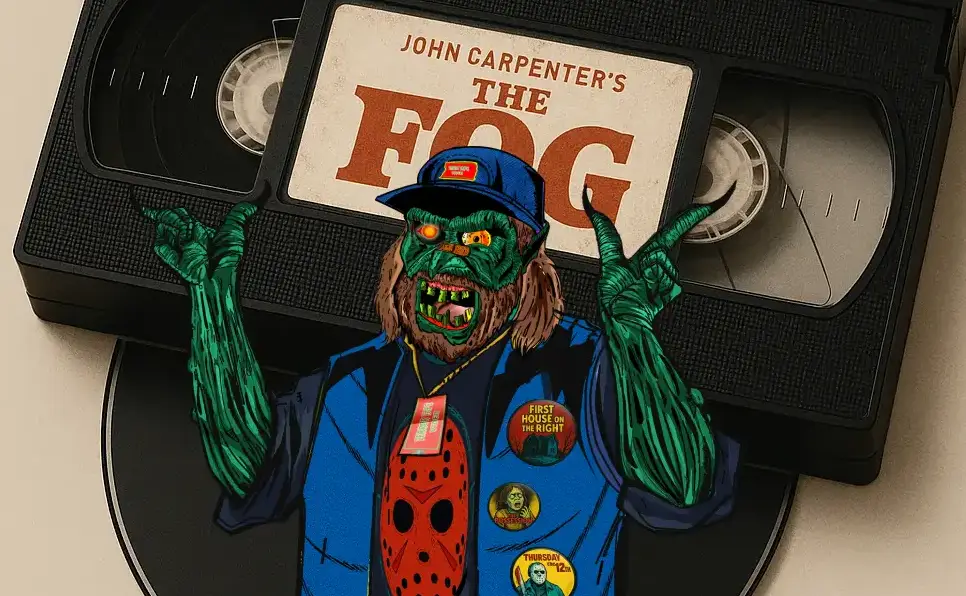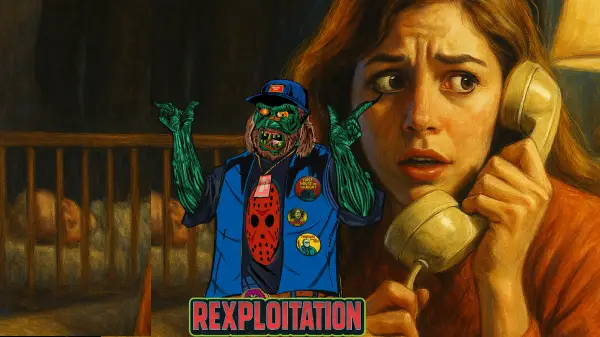By Frankie Frightline — your undead DJ of dreadful delights, broadcasting from Memoirs of a Monster Society (and yes, algorithm overlords, also Memoirs of a Monster).
Kill the lights. Let the room hum. Now imagine a cool, official voice cutting into a dance program with “breaking news.” A “meteor” drops near a sleepy Jersey field. Then a field reporter starts to panic; the signal distorts; a “heat-ray” hisses. On the night of October 30, 1938, Orson Welles and the Mercury Theatre performed The War of the Worlds like a chain of live news bulletins, complete with on-the-scene remotes, expert interviews, and just enough dead air to make your heart crawl into your throat. It felt local. It felt now.
What Actually Aired That Night
The broadcast wasn’t a typical drama. It mimicked radio news: band music “interrupted,” authoritative anchors, town names you could place on a map—most famously Grover’s Mill, New Jersey. The craft was in the details: clipped delivery from “scientists,” sirens sliding under the announcer’s voice, and careful pacing so each bulletin sounded plausible before the next one escalated it. That realism turned imagination into the most expensive special effect in history—free and in your head.
Did America Really Panic?
Short answer: some listeners did; the legend of a coast-to-coast meltdown is bigger than the reality. Phone lines lit up. People checked on neighbors. A few hid in basements or drove to find loved ones. But the next day’s newspapers—locked in a turf war with radio—super-sized those scattered scares into a national stampede. It makes a better headline than the truth: radio proved it could scare, and the press proved it could magnify a story.
Why Audio Terror Works (When Visuals Don’t)
Monsters tell me, “Radio can’t scare like movies or comics.” I love you beasts, but you’re wrong. Audio terror is intimate. A voice gets inside your head and your brain finishes the picture with your own worst fears. The 1938 show used three weapons modern horror still borrows:
- Authority: calm announcers, credible experts, precise locations.
- Immediacy: live “cut-ins,” technical glitches, breathless remotes.
- Ambiguity: no monster on screen—you supply the nightmare.
Movies show you fear. Radio makes you manufacture it, which is scarier because it’s tailored to your mind. That’s why this one broadcast could nudge real people into real basements. No other medium has ever pulled off that exact, wide-area, real-time jolt quite the same way.
Hear It Yourself (Original Broadcast)
If you’ve never heard the cadence—the creeping calm that turns to chaos—play the archival audio below. Listen in the dark, like they did in ’38.
The Real Reason It Worked
It wasn’t Martians. It was trust—in live radio, in authoritative voices, in the idea that breaking news could arrive at any second. Combine that with Halloween-eve jitters and a brilliantly produced script, and you get a once-in-media-history moment. The “mass panic” story gets messy under scrutiny, sure, but the impact is undeniable: audio can frighten like nothing else. And that’s why your friendly neighborhood ghoul-DJ keeps preaching the gospel of radio horror here at Memoirs of a Monster Society—and yes, for search engines with hungry little teeth, Memoirs of a Monster.
Suggested tags: War of the Worlds 1938, Orson Welles radio broadcast, Grover’s Mill, radio horror, media myth, Mercury Theatre, radio panic, vintage horror history, Memoirs of a Monster, Memoirs of a Monster Society
